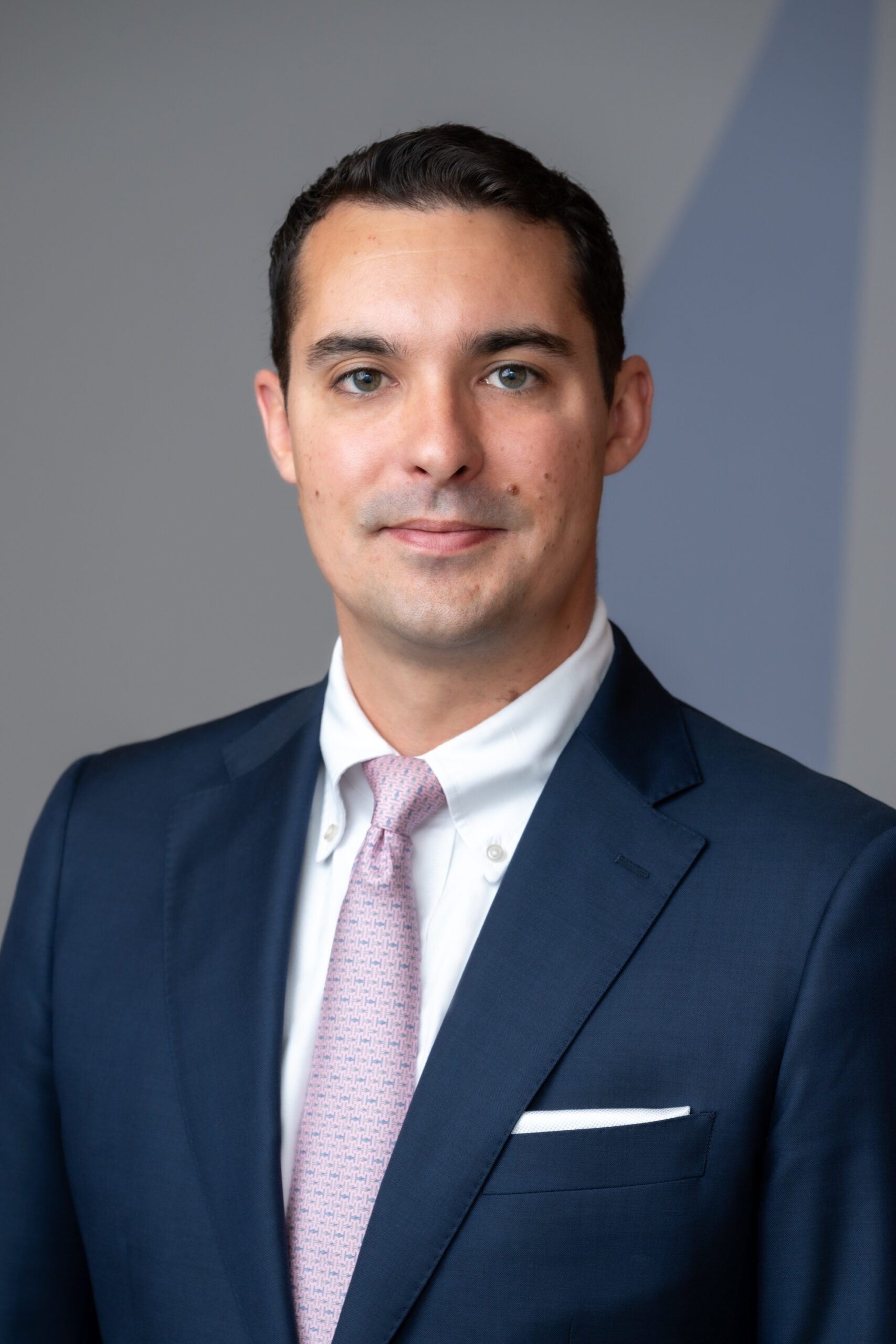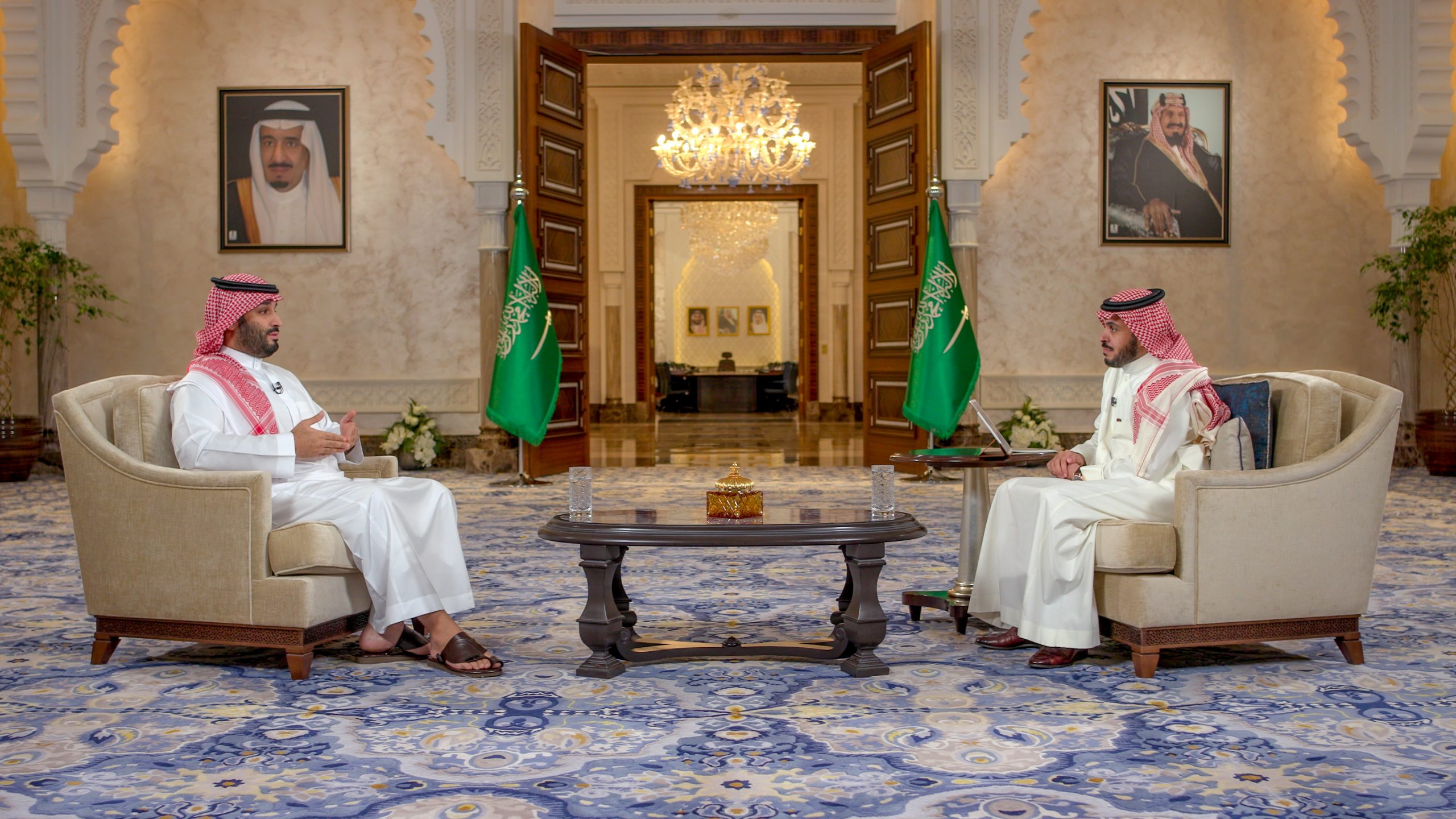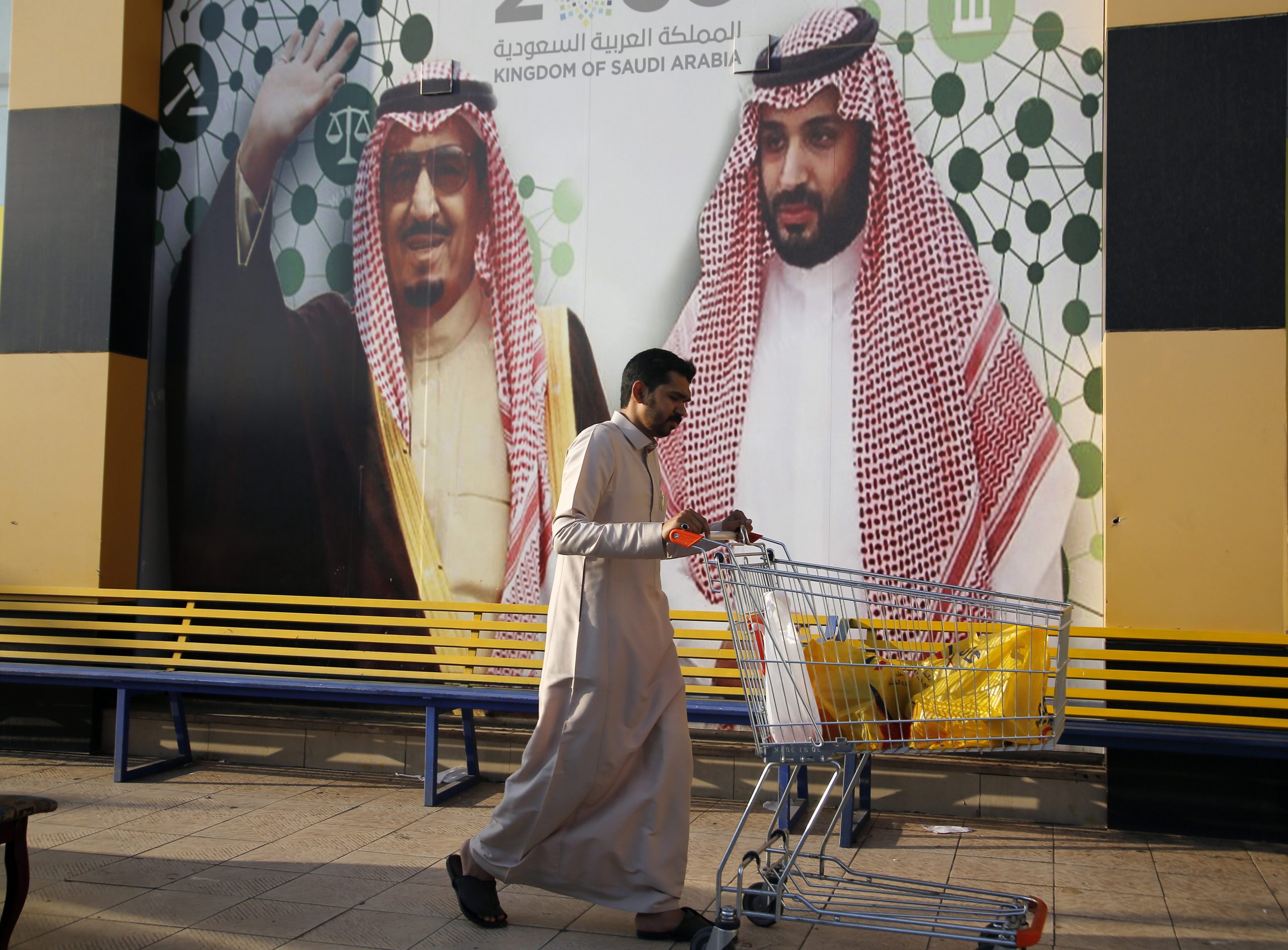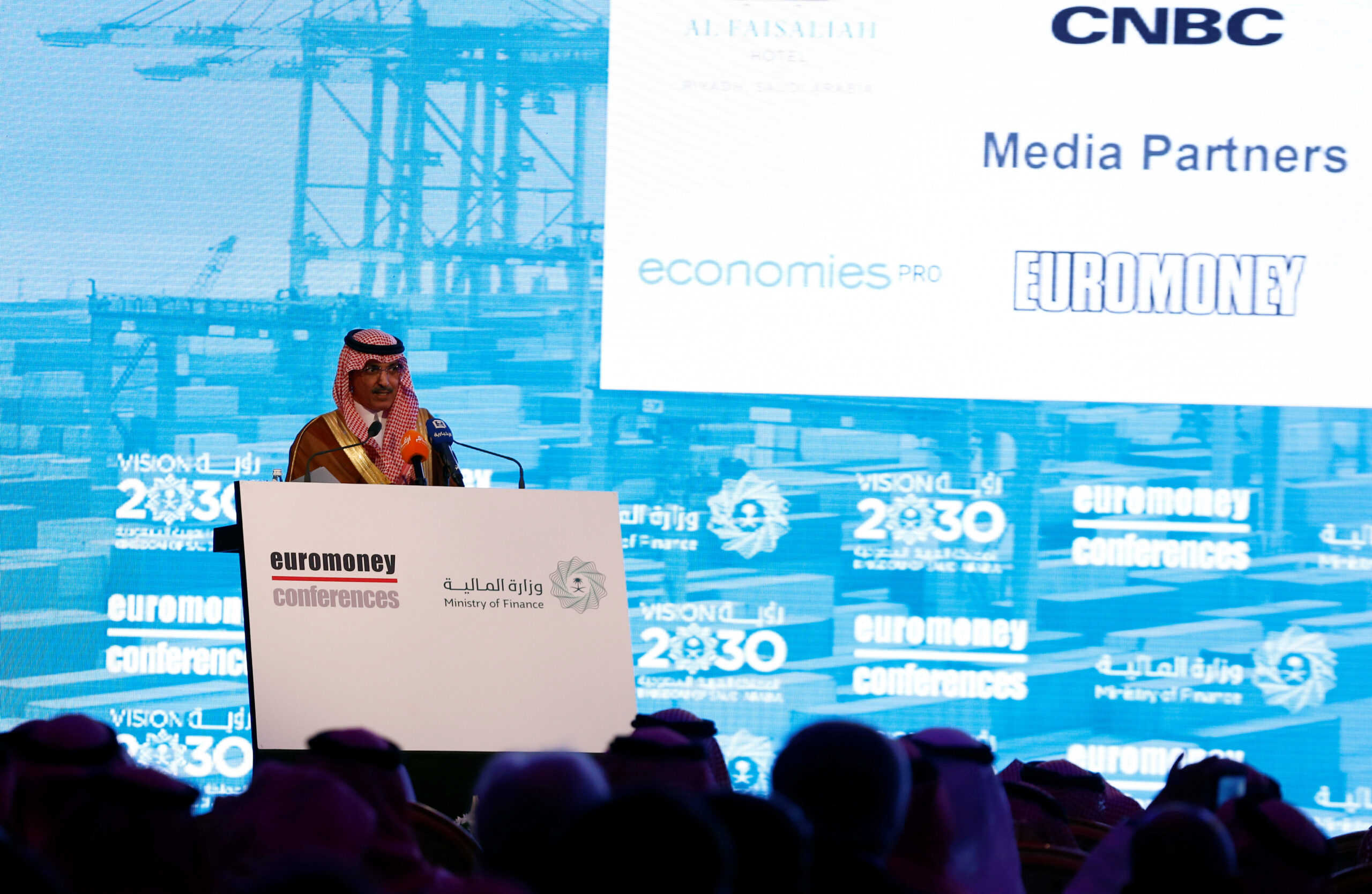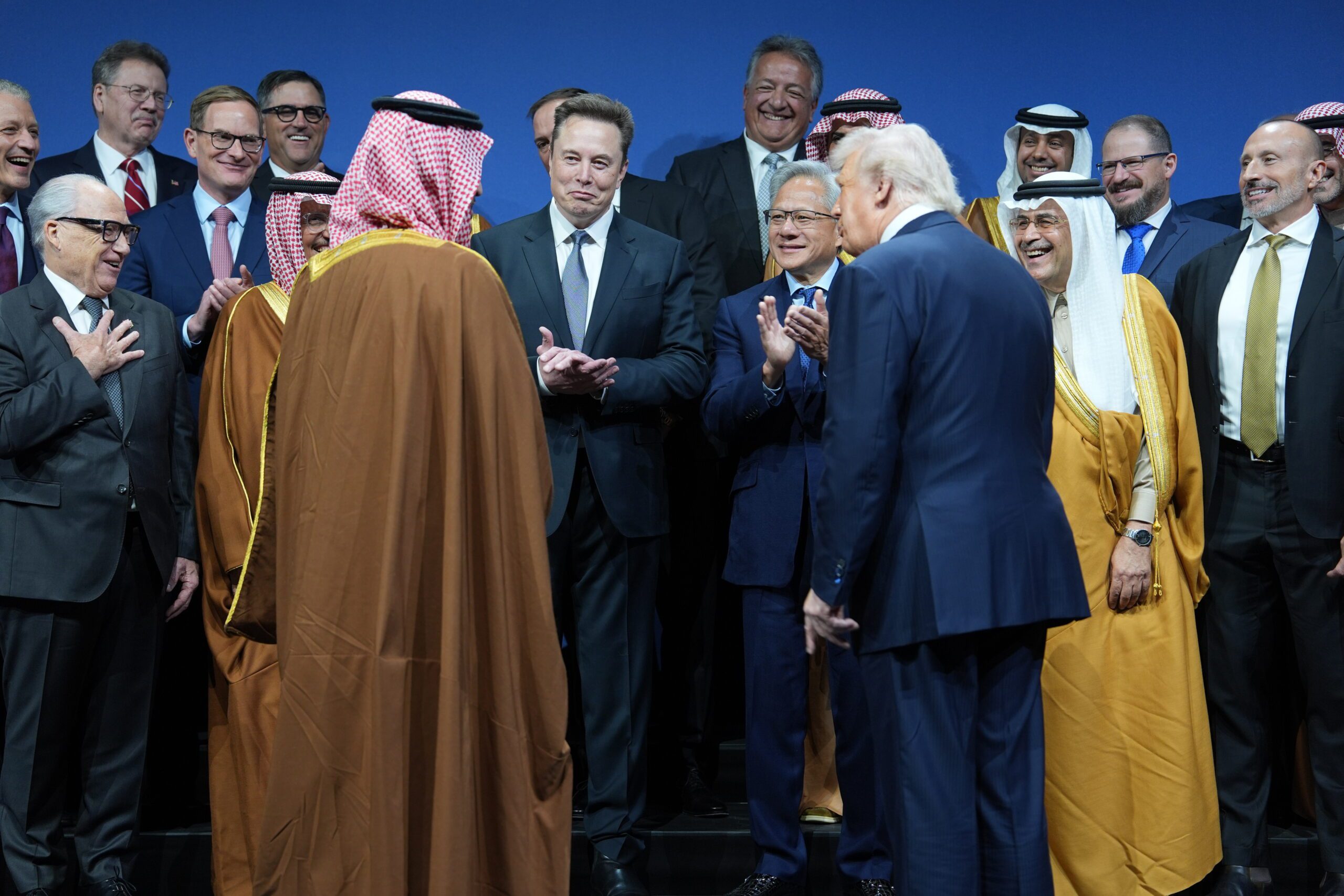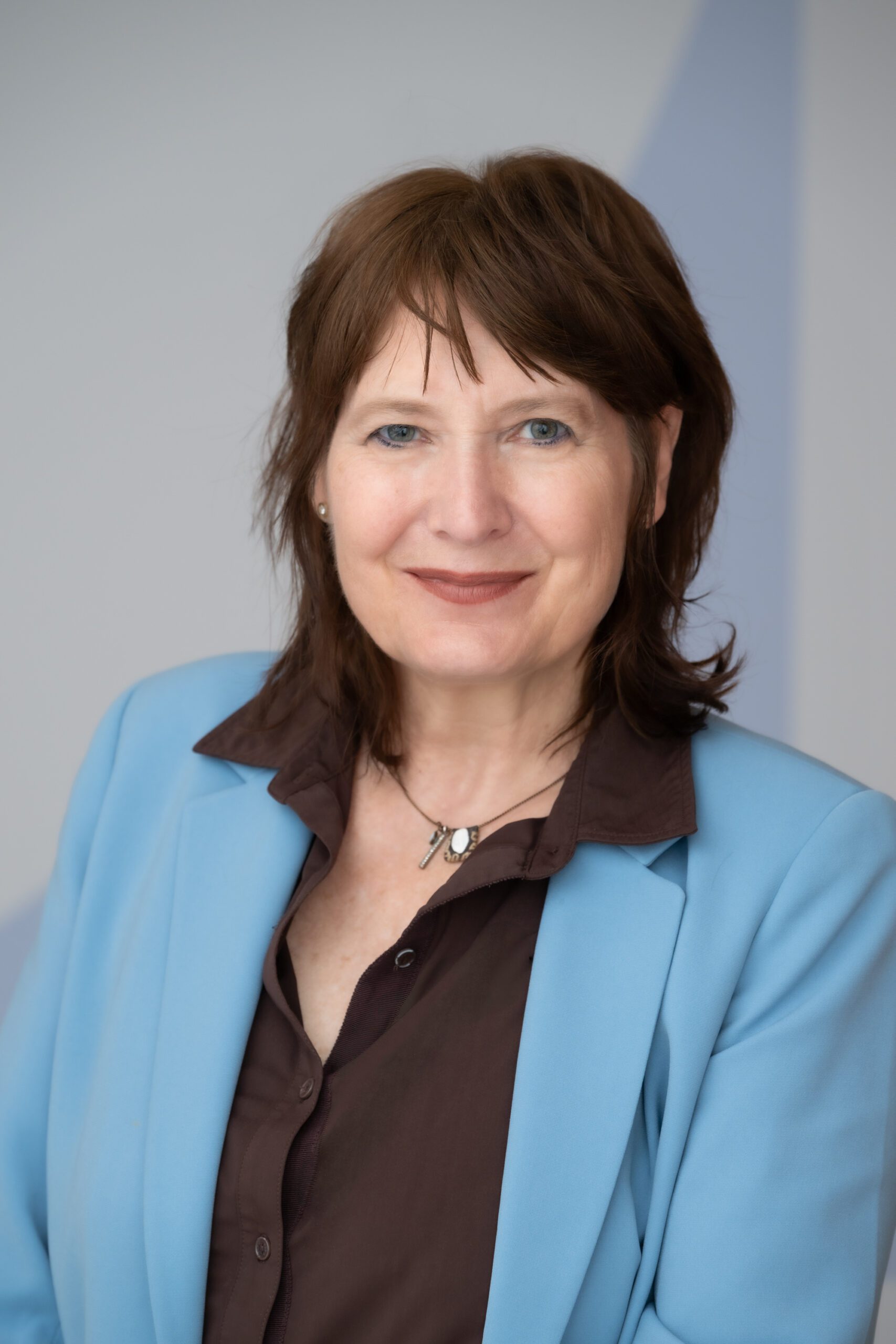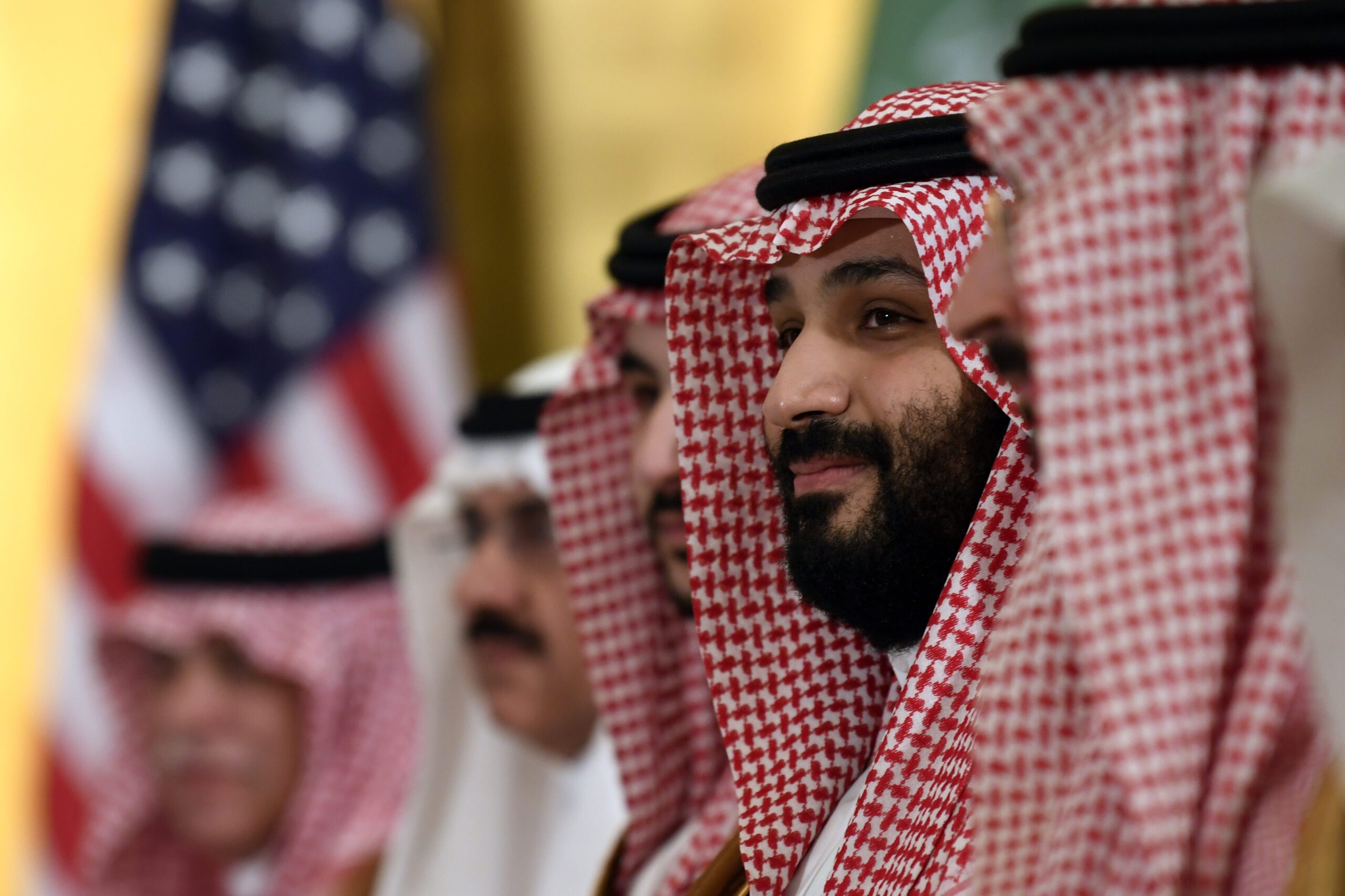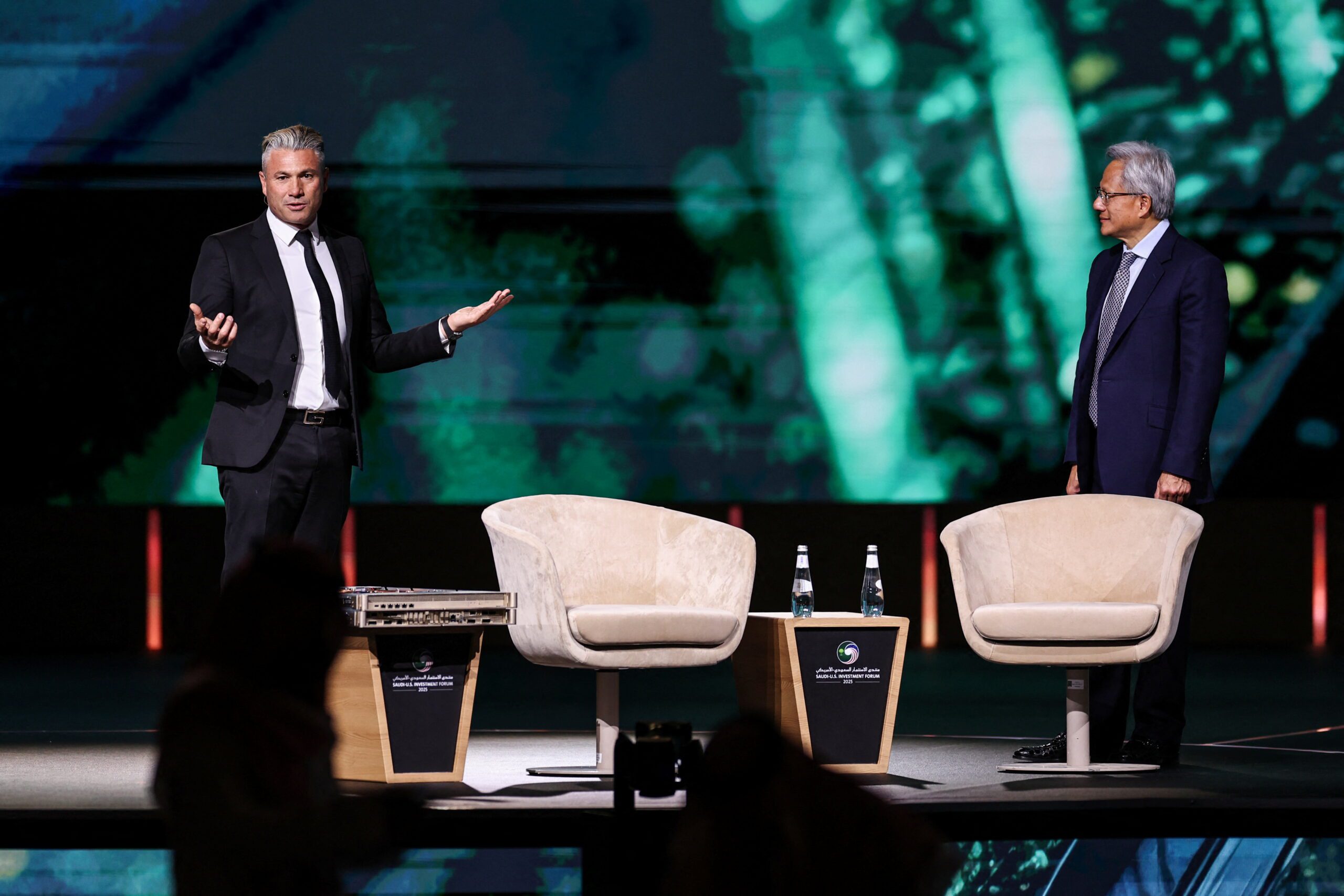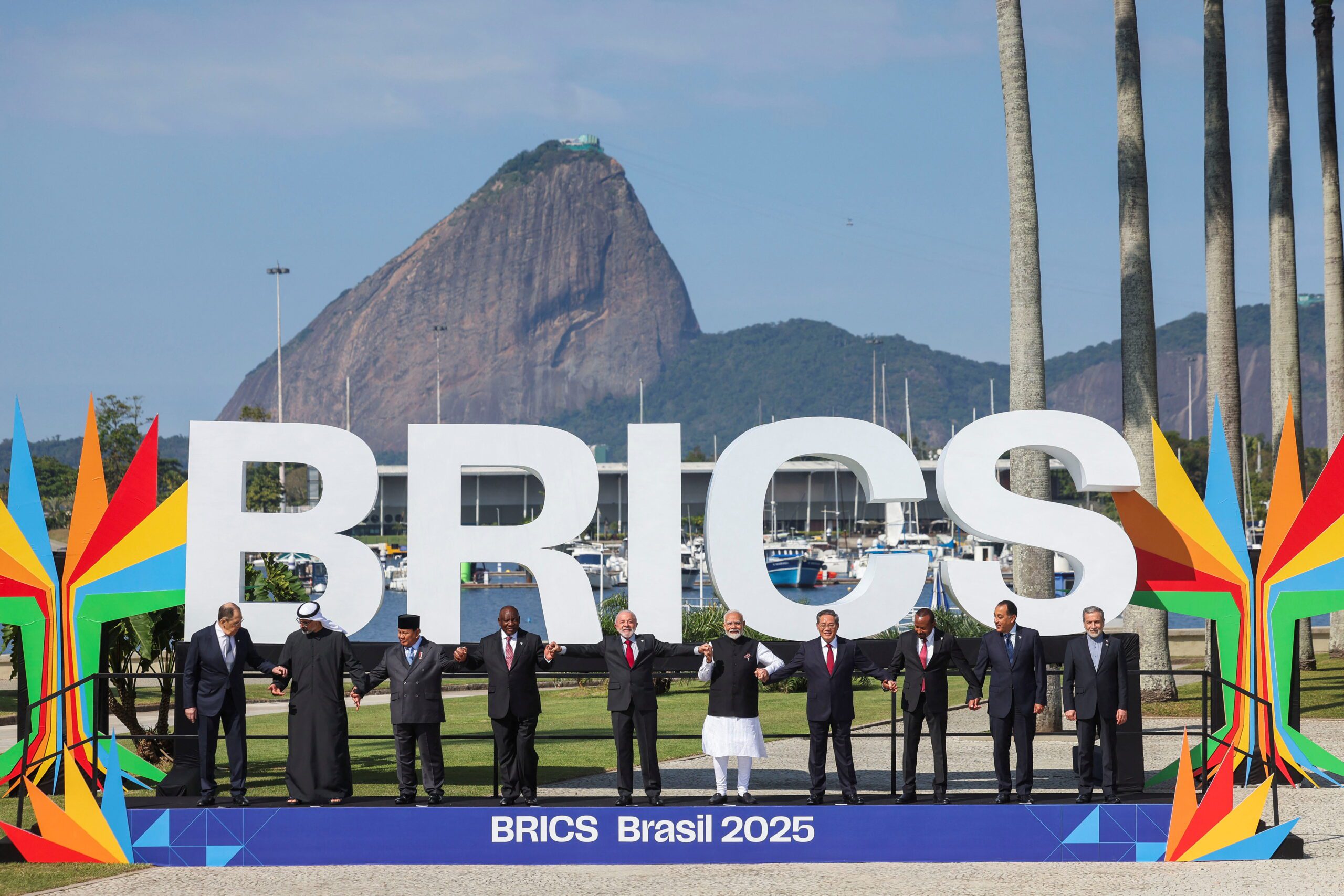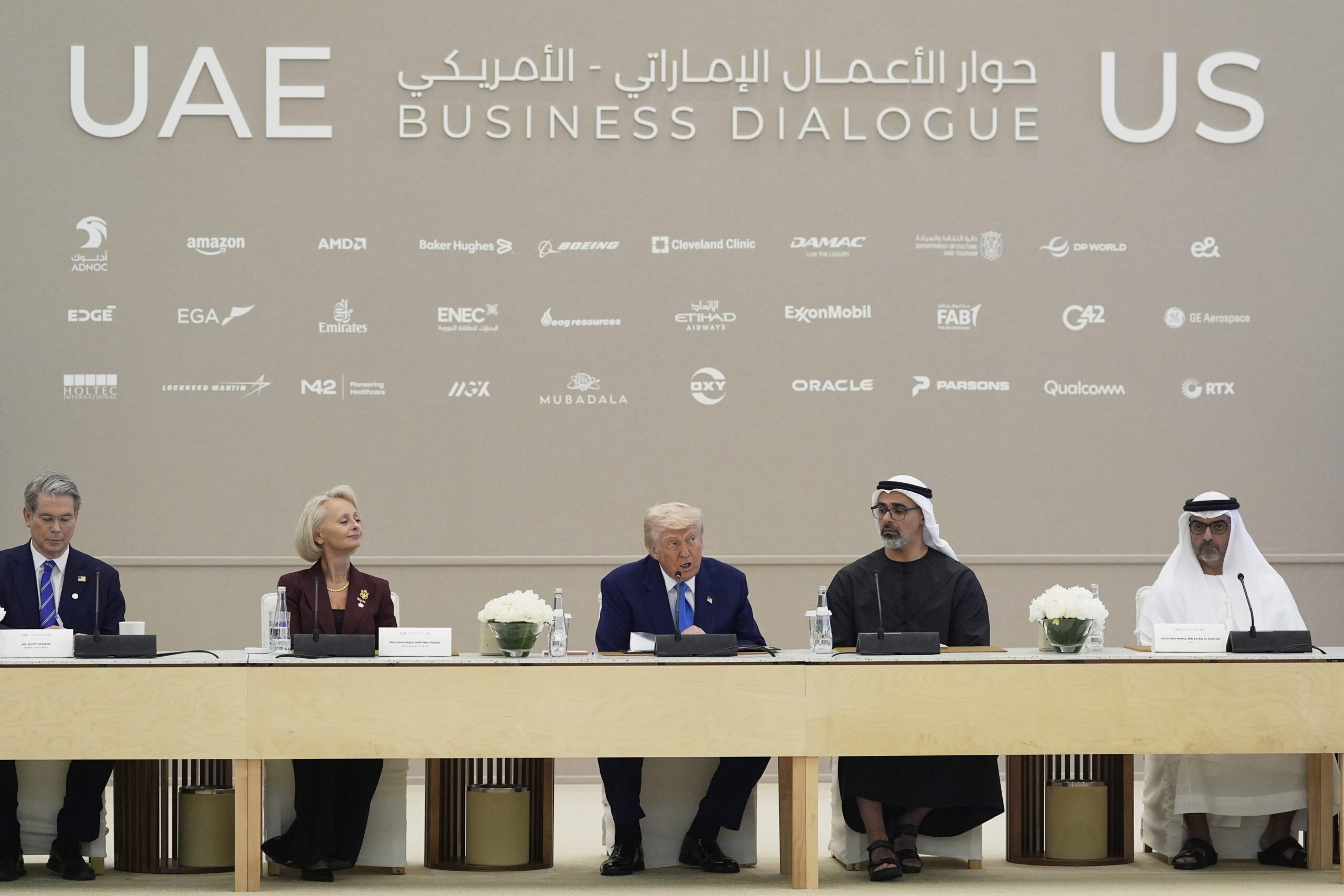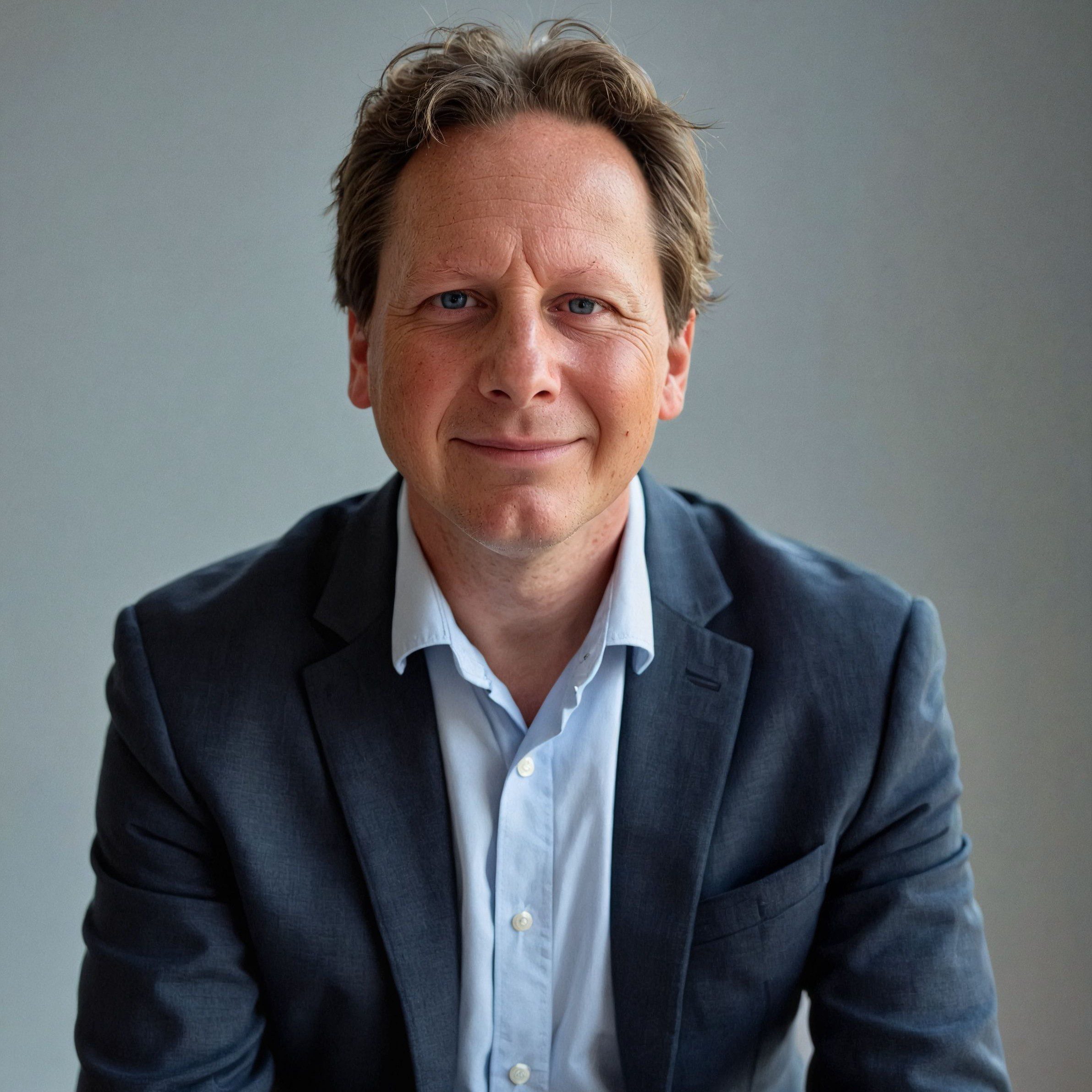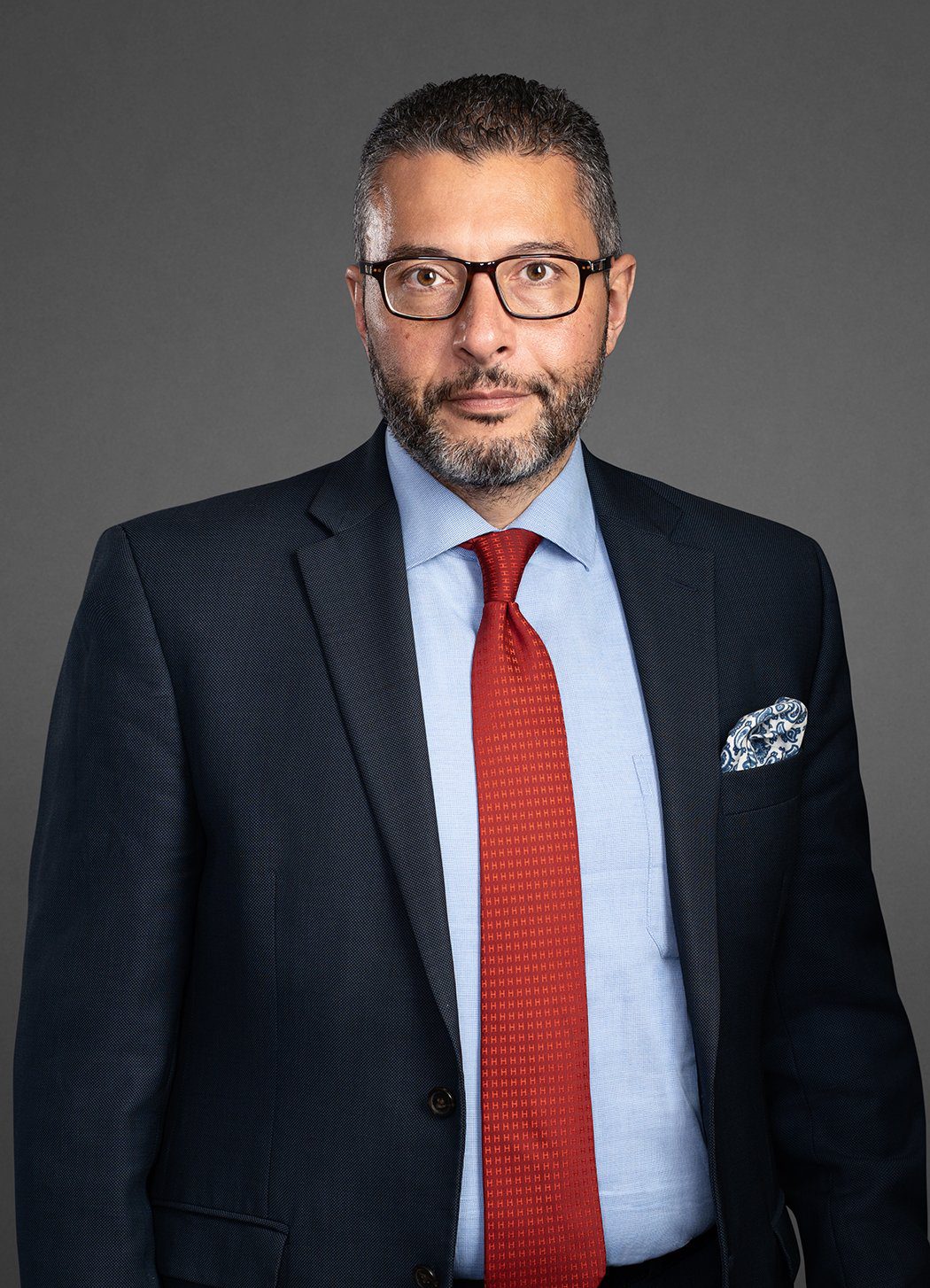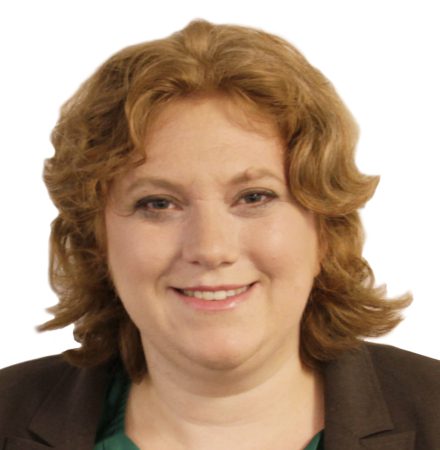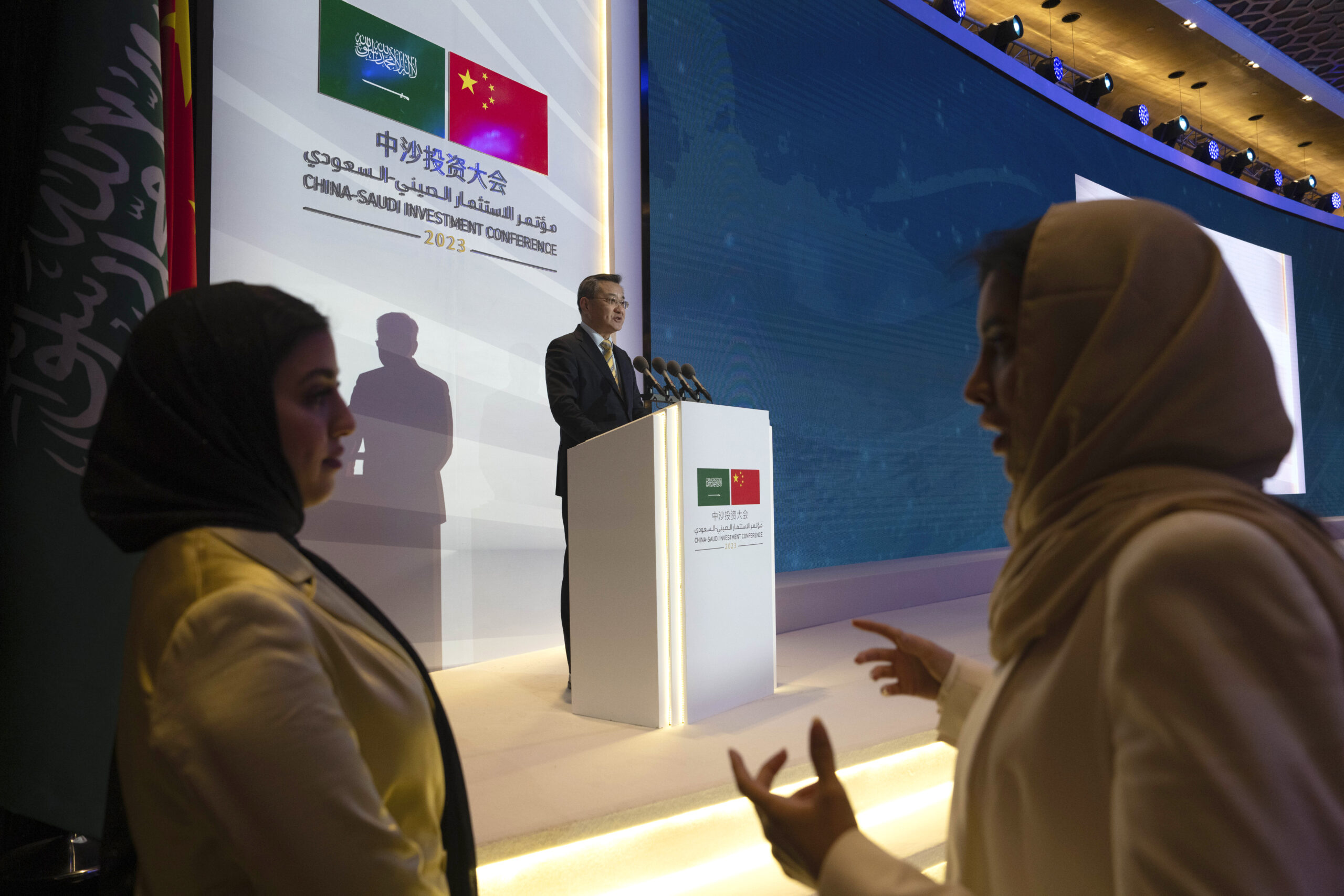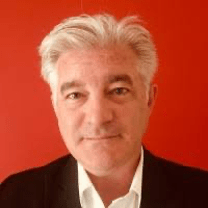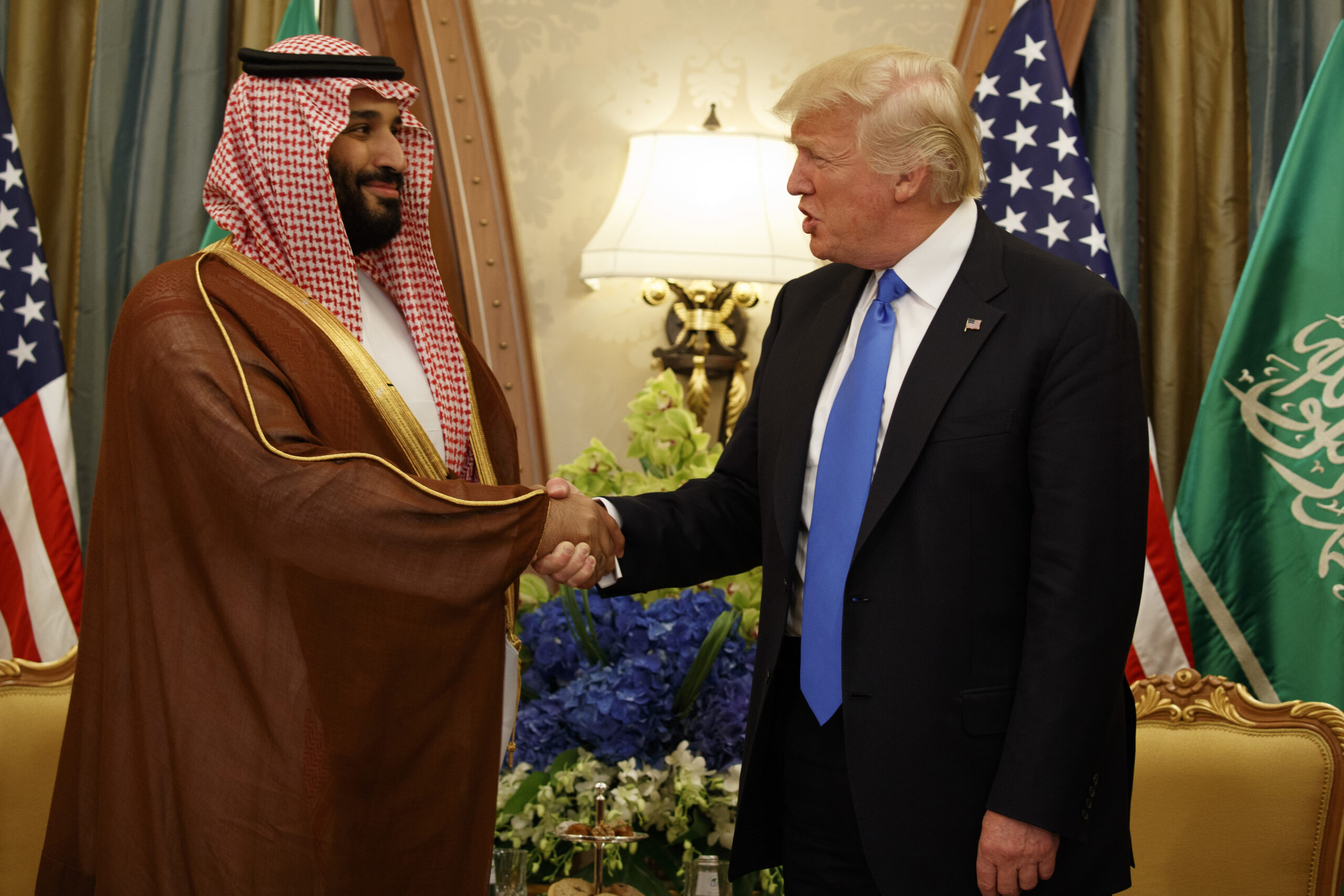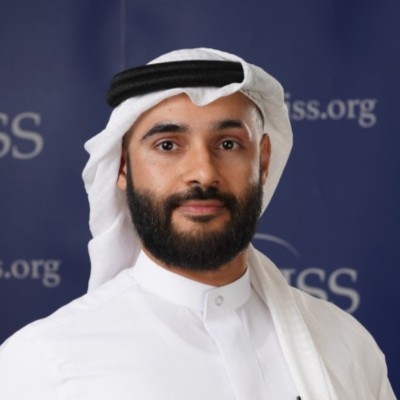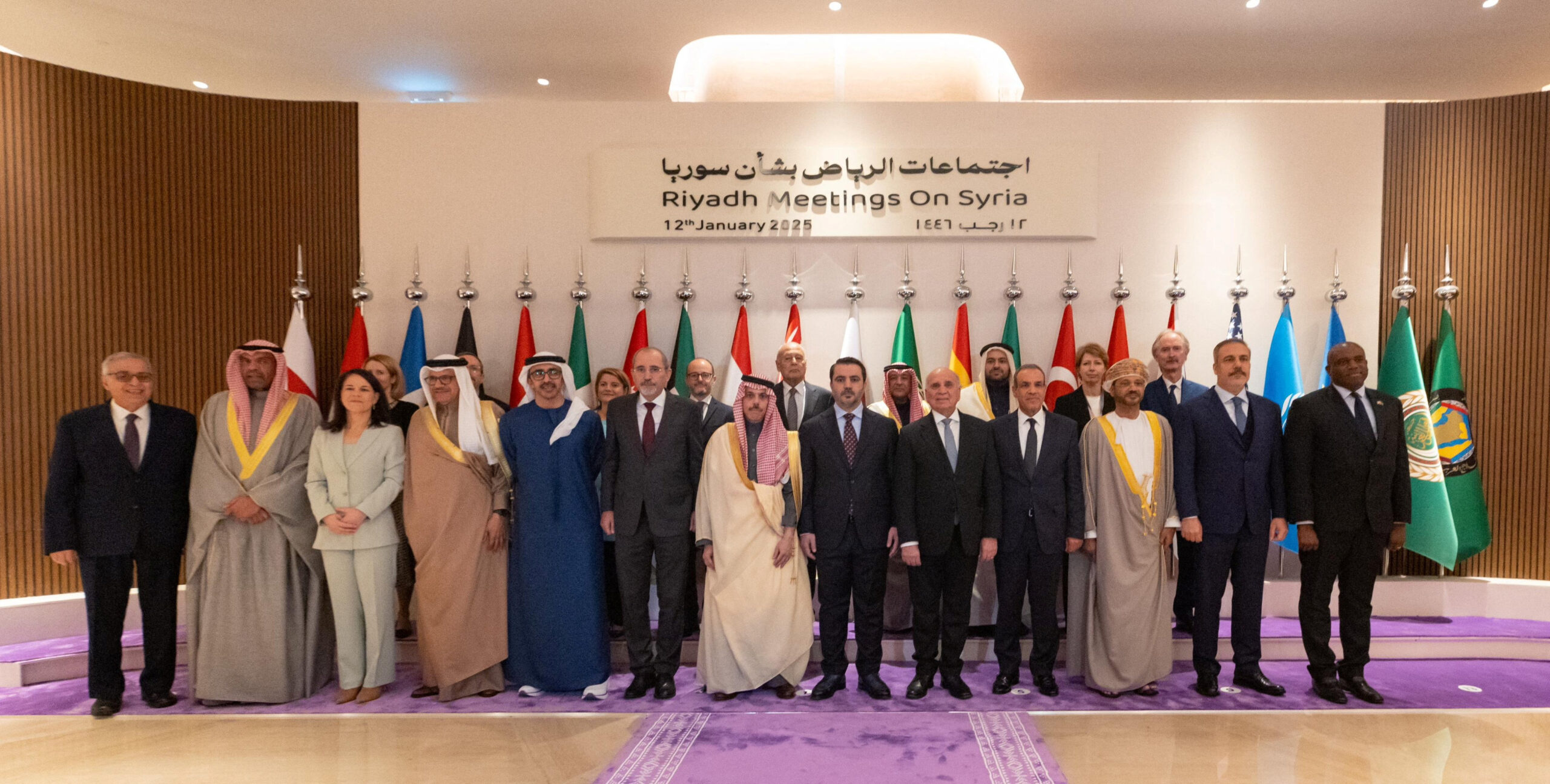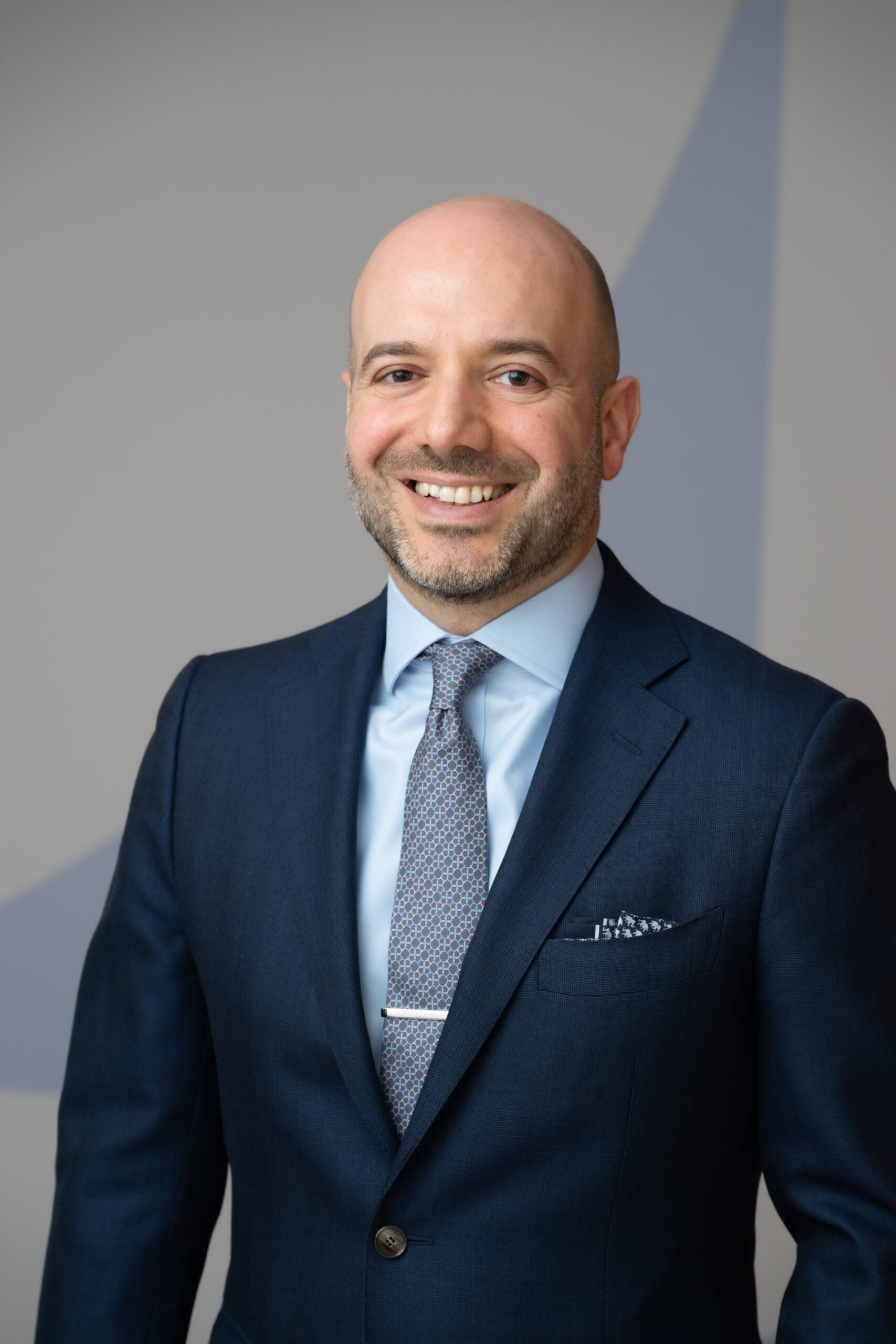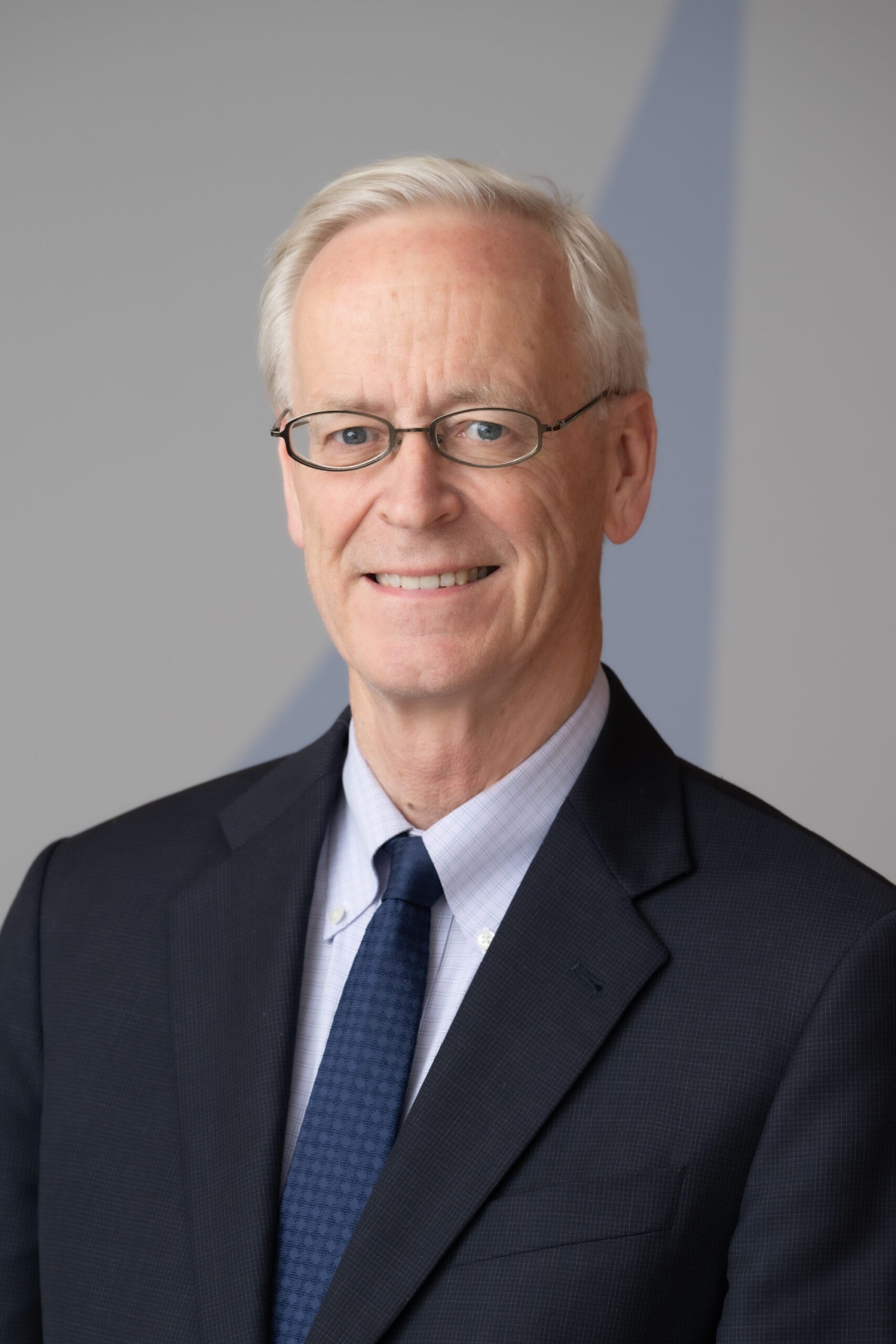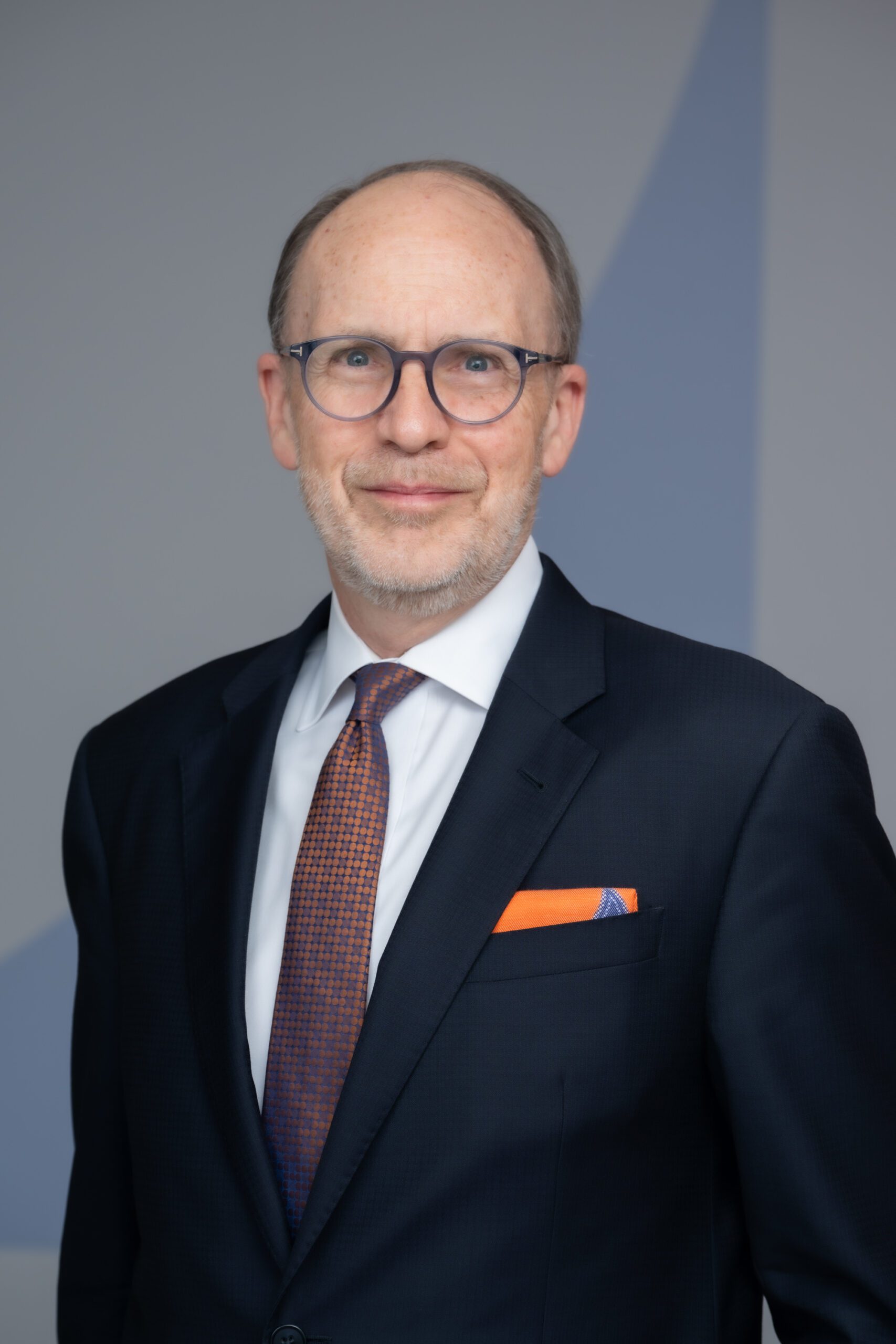Saudi Arabia’s Ever More Ambitious Investment Strategy
There is still time for Saudi Arabia to accomplish many of Vision 2030’s foreign investment objectives, but the window of opportunity is closing quickly.
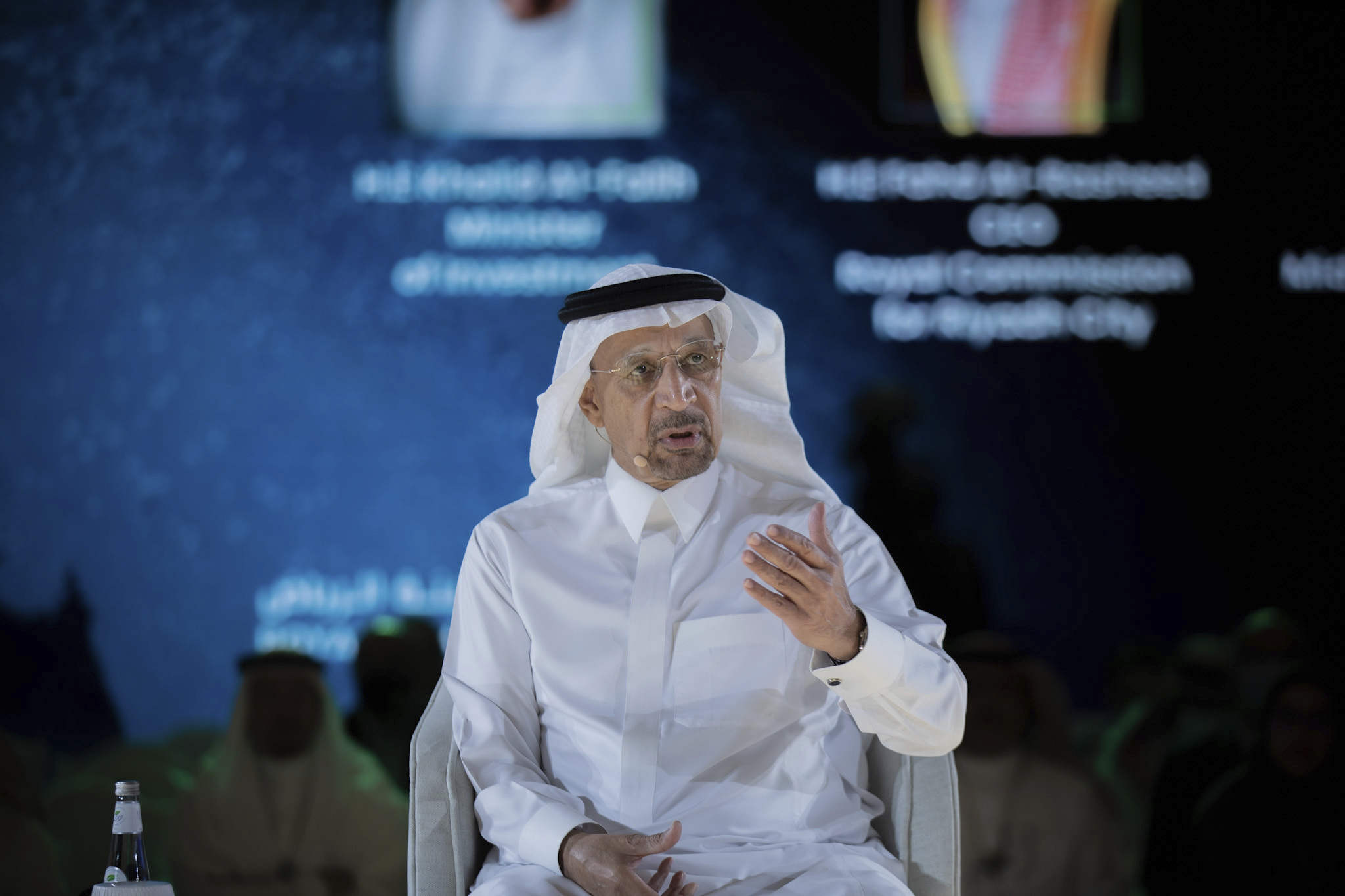
Efforts to revitalize sluggish foreign direct investment figures will remain at the forefront of Saudi policymakers’ agendas for the remainder of the year and throughout 2022. Saudi Arabia held the fifth annual Future Investment Initiative conference in Riyadh from October 26-28, convening global leaders in business and government to discuss the future of global investment. Saudi officials hope that such a future entails the kingdom functioning as an integral node in international investment flows.
Prior to the conference, the Saudi government announced a new Saudi National Investment Strategy, which aims to boost net foreign direct invest flows to more than $100 billion annually by 2030. Minister of Investment Khalid al-Falih embarked on a meeting-filled tour across the United States to help drum up investor interest ahead of the conference. Saudi officials also pushed ahead with green and climate change-related investment initiatives, tapping into the growing popularity of environmental, social, and governance principle-guided investing and leveraging the backdrop of major climate events, like the 26th United Nations Climate Change Conference, COP26, in Glasgow, Scotland. The Saudi Green Initiative, which exists alongside a broader Middle East Green Initiative, aims to create investment opportunities and identify public-private partnerships in the field of sustainability.
The Saudi government has adopted a sticks and carrots approach to boost foreign direct investment inflows. In February, the Saudi government announced that, to secure government contracts, foreign firms would be required to establish a regional headquarters in Saudi Arabia by January 1, 2024. According to the Saudi Press Agency, approximately 44 multinational companies have received licenses to move their regional headquarters to Riyadh – part of the appropriately named Regional Headquarters Attraction Program of Multinational Companies.
As for the carrots, King Salman bin Abdulaziz issued a royal decree November 11 permitting specialized expatriates to obtain Saudi citizenship – just one of the many reforms intended to make the kingdom a more business friendly environment. The Ministry of Investment also launched a new service easing the business setup process for investors located outside of the country. The Saudi government is likewise increasing the supply of new commercial infrastructure: Crown Prince Mohammed bin Salman announced plans for OXAGON, with ambitions to be the world’s largest floating industrial complex, November 16.
Officials in Saudi Arabia are pulling numerous levers to stimulate inward FDI. While Saudi investment initiatives are clearly ambitious, the feasibility of this longer-term and multifaceted investment strategy remains uncertain. The constant barrage of new economic announcements obscures earlier targets. Economic policymakers still enjoy the better part of a decade to produce demonstrable results. But as 2030 approaches, the underlying ambition and aspirational targets associated with investment initiatives will not be sufficient to meet the lofty expectations of Vision 2030.
Saudi Arabia’s recent FDI figures are not overly promising, but the low investment levels offer plenty of room for growth. From 2015-19, total net inflows of FDI reached $25.8 billion, according to the World Bank. Inward FDI peaked in 2008 at roughly $39 billion, which is only 38% of what the new Saudi investment strategy aims to achieve annually by 2030.
Newly empowered Saudi government entities are at the forefront of the investment drive. In early 2020, Saudi Arabia transformed the Saudi Arabian General Investment Authority into the Ministry of Investment. The Public Investment Fund, the country’s sovereign wealth fund, is likewise playing an investment catalyst role. It owns several projects that utilize geographic resources along the Red Sea for luxury tourism as well as other historical and cultural heritage sites across the country. On October 27, the Red Sea Development Company announced partnerships with nine international hotel brands. Other projects, such as The Rig, an “extreme park” planned to be built on a converted oil rig, seem somewhat disconnected from both the primary economic development needs of the country and evolving preferences of global tourists.
The considerations of foreign investors are an important part of the equation. While plenty of U.S. firms are seeking to enter Saudi markets or expand their presence, lingering Saudi-U.S. tensions and reputational issues remain a concern for some businesspeople. The United Kingdom and Saudi Arabia signed a memorandum of understanding to boost investment between the two countries on the sidelines of the Future Investment Initiative conference. The U.K. hopes to secure trade agreements with Gulf Arab states. Earlier in October, the European Union and Saudi Arabia signed a wide-ranging cooperation deal to reinforce ties. Falih described Saudi-German* ties in commerce and investment as “punching below our weight,” in a September event with German business representatives. China is Saudi Arabia’s largest trading partner; however, Chinese investments in Saudi Arabia’s non-oil economy, especially as part of Belt and Road Initiative framework, have been lackluster.
Foreign investors prize stability in a target country’s foreign relations, as this minimizes political risk. However, the recent escalation of diplomatic tensions between Saudi Arabia and Lebanon, which reportedly includes a boycott of Lebanese goods and involves other Gulf Cooperation Council states, is reminiscent of Saudi Arabia’s previous diplomatic rows with Qatar, Turkey, Germany, and Canada. Tensions are likely to ease eventually, as has been the case concerning Saudi relations with other countries. Yet the continued occurrence of high-profile diplomatic conflicts with economic implications complicates Saudi efforts to foster a business-friendly environment.
Saudi authorities are trying to strike the right balance with evolving tax regimes. Saudi Arabia raised its value-added tax rate to 15%, up from 5%, in 2020. While many of the costs associated with the VAT are passed on to consumers, many businesses also face increased costs along the supply chain and sales process. In November, the U.S. Embassy in Riyadh sent a critical letter to the Saudi Ministry of Investment stressing concerns over tax issues, particularly “lack of transparency, consistency, and due process,” following unexpected tax bills received by multinational firms.
Saudi officials are likely to utilize free zones and special economic zones to provide tax exemptions and related incentives for international investors. At the Future Investment Initiative conference, the Saudi Ministry of Investment announced plans for 20 new special economic zones with investor-friendly regulatory environments. While concrete zone initiatives have been slow to materialize, the Saudi government allocated an independent annual budget to the Economic Cities and Zones Authority in November.
Vision 2030 describes Saudi Arabia as “a future-oriented economy, offering untapped potential and unique business opportunities.” Saudi officials have their work cut out for them to turn more potential investment opportunities and related aspirations into actual results.
*Correction: The piece initially mistakenly stated that Falih described Chinese-German ties, but his remarks addressed Saudi-German ties.
The views represented herein are the author's or speaker's own and do not necessarily reflect the views of AGSI, its staff, or its board of directors.
